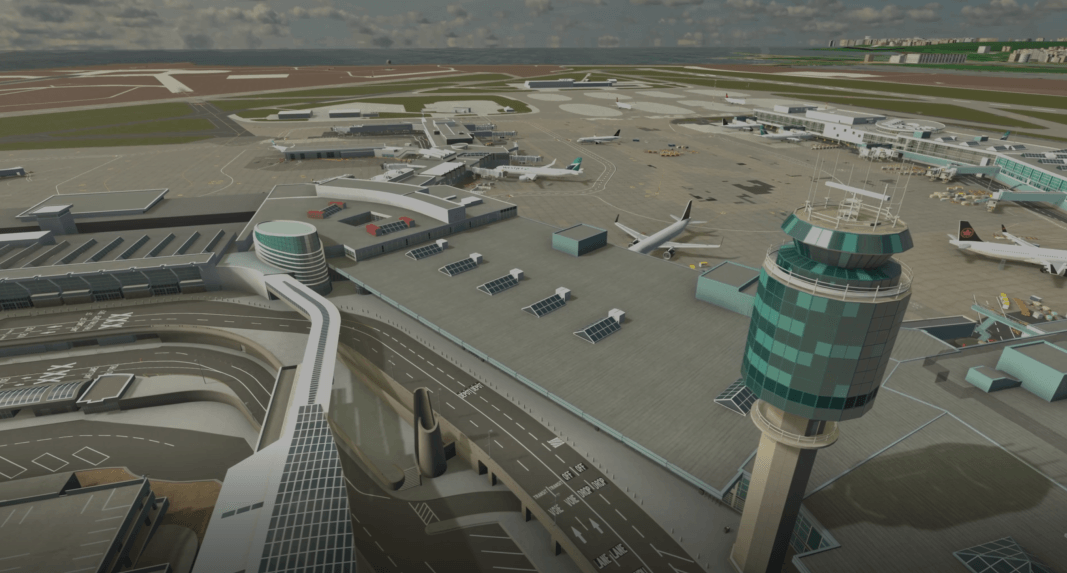
Vancouver International Airport (YVR) is a diverse global hub that connects people, cargo, data and ideas. YVR has its own Innovation Hub that’s rethinking what digital transformation means for an airport by testing and trialing new processes and innovations, including real-time 3D technology. The airport’s vision to reimagine the passenger experience led YVR to leverage Unity to build the first-to-market real-time 3D digital twin of an airport in North America.
Creating an interactive representation of the airfield and terminal, connected to real-time operational data
Addressing facility challenges such as maintenance, sustainability, and safety while avoiding operational disruptions
Unity
200 airport operations staff using the runtime application
Operational situational awareness for over 600 airport staff
Musqueam Territory/Richmond, British Columbia, Canada

Developed as a “people-first” technology aiming to create an engaging and informative experience for frontline workers, YVR’s digital twin uses historical and real-time data to enable data-driven decision making, streamline processes, and improve collaboration across the airport’s operations.

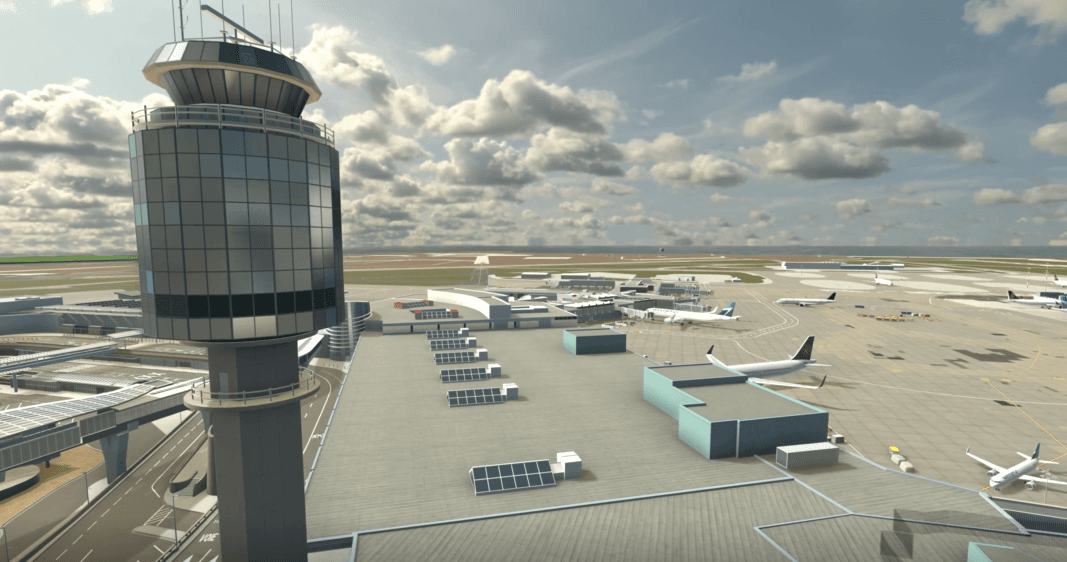
YVR is leading with innovation to meet heightened passenger and community expectations at a time when travel and aviation are changing.
Their digital twin is poised to become a catalyst for change from an operational perspective, while also supporting the airport’s ambitious climate and Reconciliation goals. The airport is working across the industry’s ecosystem to enhance the overall travel experience for passengers.
“An airport is a city, a construction zone, a mall,” says Lynette DuJohn, CIO of the Vancouver Airport Authority. “But it’s also in a very controlled environment, so it’s the perfect platform for innovation.”
YVR utilized Unity to get started on the digital transformation of their terminal and airfield. The airport harnessed its extensive data and systems to create a dynamic, interconnected digital twin.
This system improves the comprehension of complex operational systems, enabling better decisions and allowing the team to explore hypothetical scenarios around climate impact, security, and more.
“I believe that the digital twin is an absolute game changer in the business of airports and will be a key enabler to our strategy,” says DuJohn.
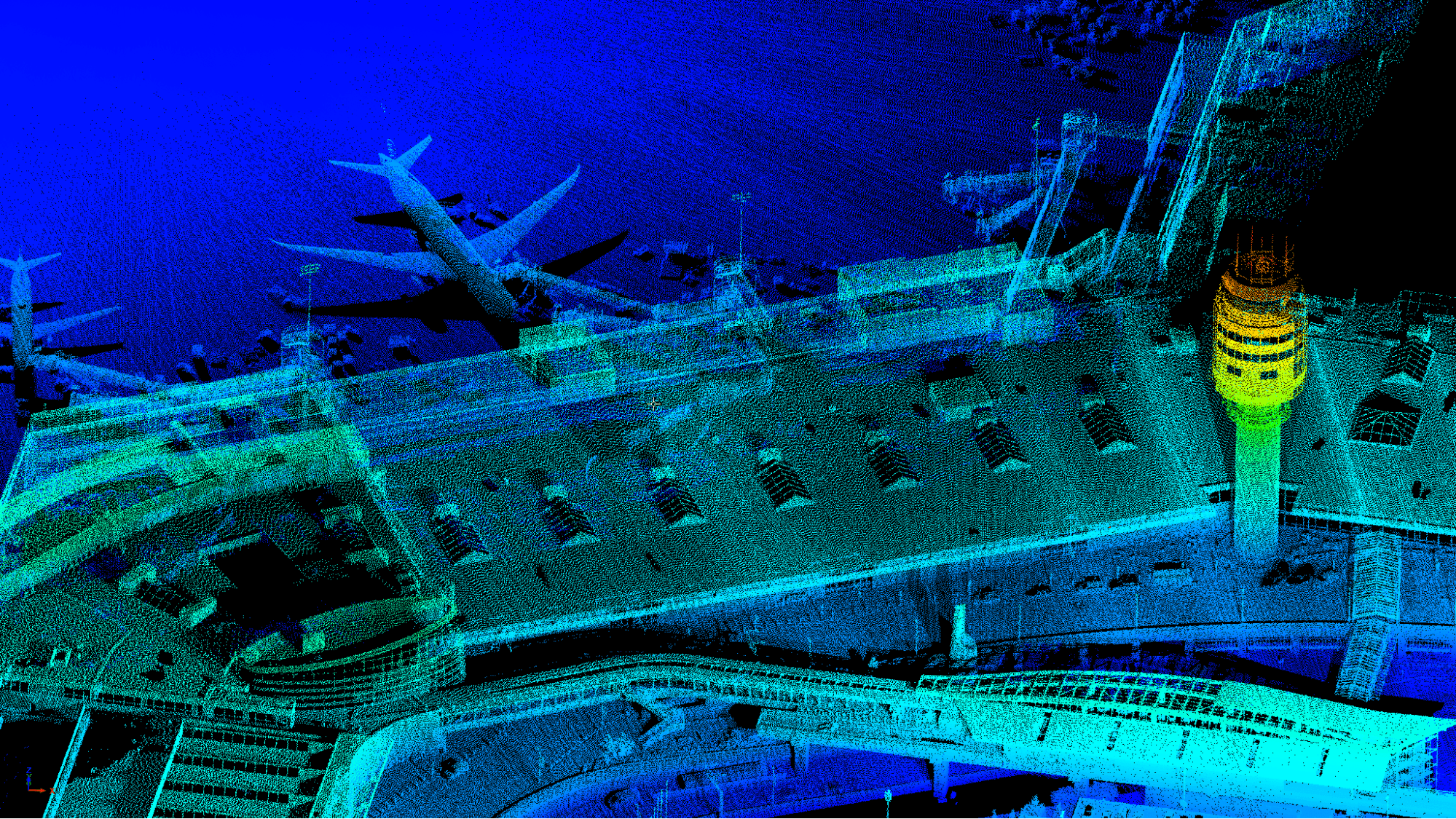
The team started capturing image data of the airfield and YVR terminal interior and exterior using high-fidelity cameras and Lidar sensors attached to air and ground transportation.
YVR’s existing computer-aided design (CAD) drawings were then manually converted to Revit and imported into Unity. This allowed the team to layer on data and develop the key use cases identified in the design phase.
While 3D modeling firm GeoSims Cities refined the 3D model of the airport’s terminal and airfield, YVR worked to ensure that the digital twin would be intuitive, secure, and easy to use by YVR’s frontline workers.
“At YVR, we want our people to have the tools they need to succeed in a dynamic environment,” says DuJohn. “The digital twin technology solves many airport-related challenges and provides an incredible layer of situational awareness for our employees.”
“Our developers [originally] used a different platform, but switching them over to Unity was quite easy. They’re really loving it,” says DuJohn.
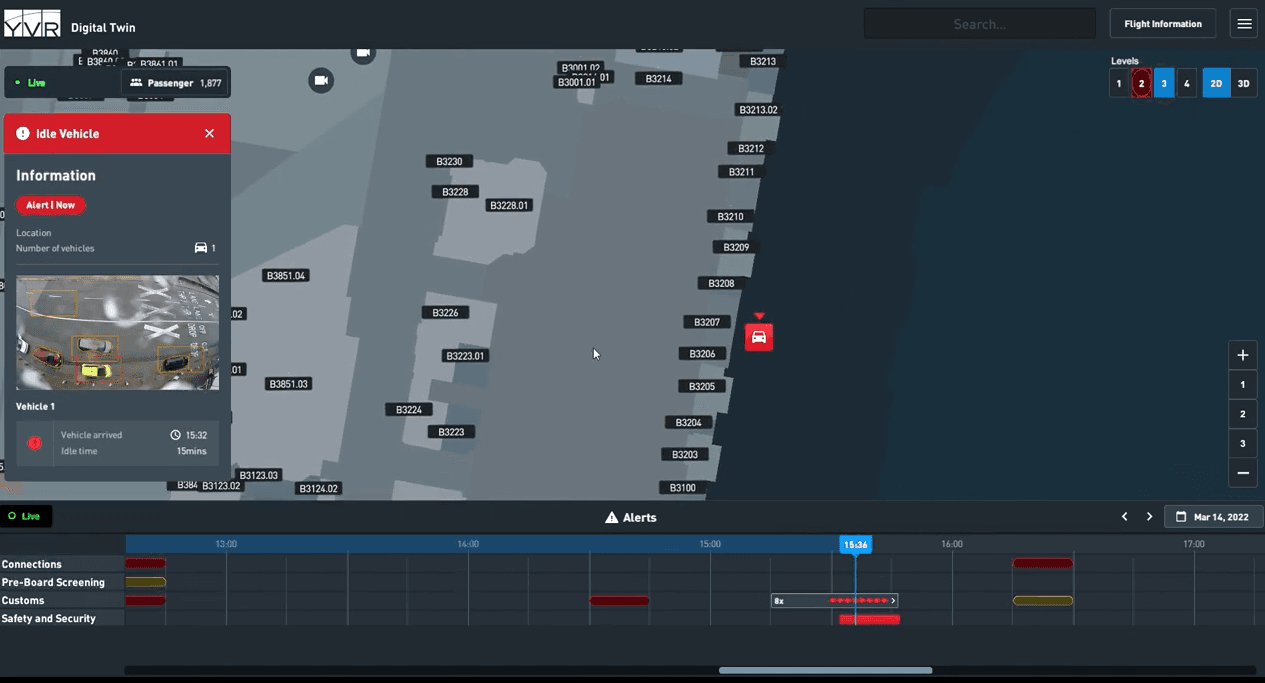
YVR integrated a tool into the digital twin to assist with situational awareness of operations and security, the project’s initial focus.
The situational awareness tool provides a birds-eye view of YVR’s terminal and summarizes information in real-time. Alerts are also built into the tool to notify the end user of any data anomalies or potential safety issues.
For example, YVR programmed their cameras to detect if a vehicle has been parked at the terminal curbside for an extended period of time. Once detected, an alert is generated, and a user can click into the signal to see a live feed of the situation. They can then work with the operations and security teams to address the issue.
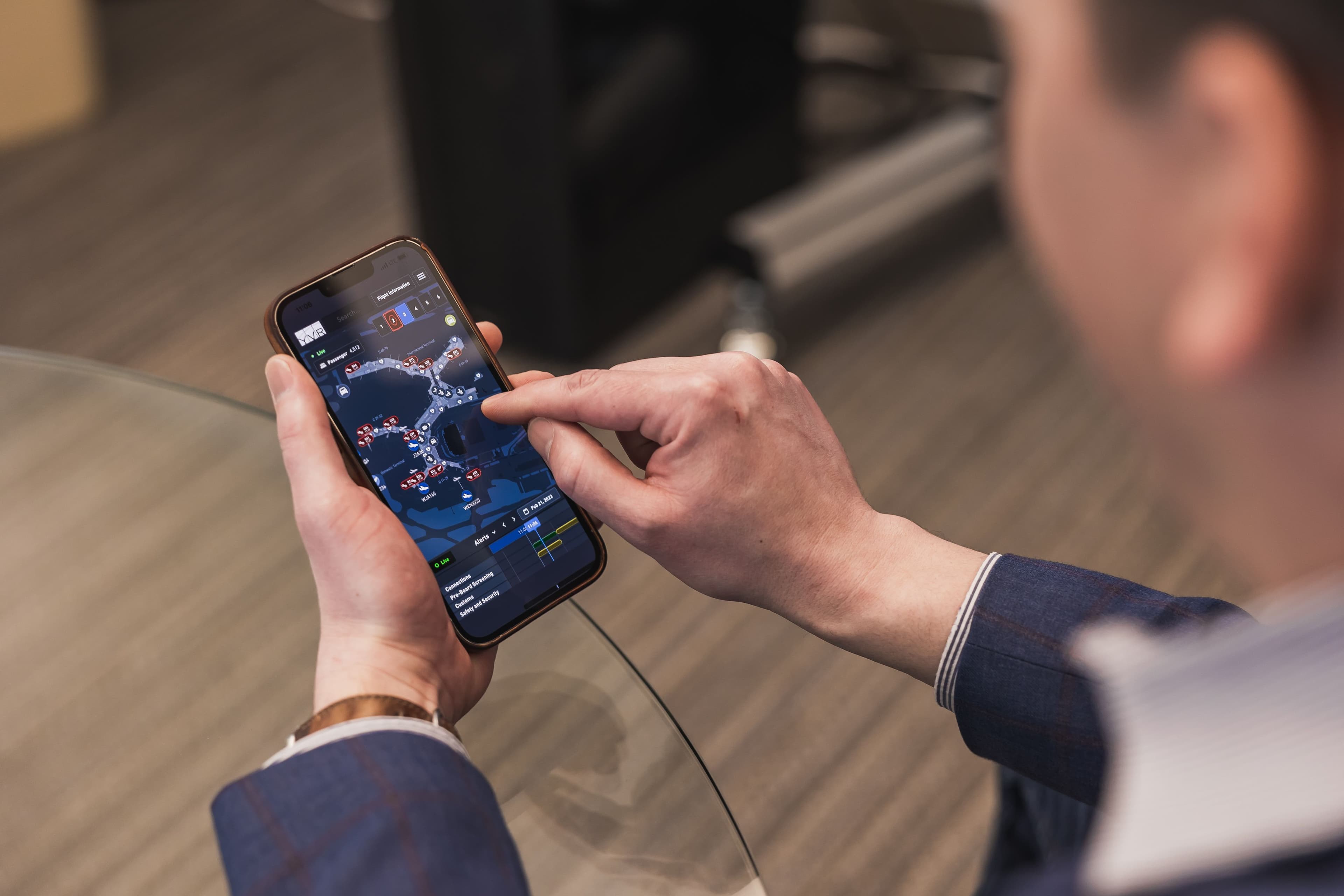
As the largest building in British Columbia, YVR has a range of operational considerations to ensure continuous efficiencies including maintenance, safety and emergency planning. Two new tools were integrated into YVR’s digital twin, Maintenance and Test Equipment (MTE) and 3D Explorer, to ensure these teams have what they need to work.
The MTE tool works alongside YVR’s existing maintenance system, allowing the team to access, update, and view open work orders from a mobile device.
“The team loves this tool and has been instrumental in its development,” says DuJohn. “Users can view nearby work orders on the map, allowing them to avoid delays and work more efficiently.”
Built from CAD drawings and scans, the 3D Explorer tool models the interior and exterior of YVR’s terminal. The YVR team can now explore the airport from any vantage point and location and run simulations, such as preparing for disasters and better understanding the best ways to safely evacuate.
YVR has taken a leadership role in climate action with its commitment to net zero carbon emissions by 2030. To support this ambitious goal, the airport is using their digital twin to model aircraft movements on the airfield to reduce greenhouse gas (GHG) emissions as part of YVR’s initiative to become the world’s greenest airport.
Currently, more than 95% of Sea Island emissions are related to aircraft movements, traffic, and non-airport authority buildings. With its digital twin, YVR can measure GHG emissions in real-time to support its own net zero goals and those of its carrier partners.
“We’re going to be net zero by 2030 versus 2050, so we need to move our plan up by 20 years,” says DuJohn. “Being able to model all of those scenarios is going to be very powerful for us to really get our arms around efficiency and climate.”
Additionally, as part of YVR’s path to Reconciliation, the airport is advancing Indigenous participation and leadership in tech and innovation by delivering a Unity training program for Musqueam learners. The outcome of the course is for Musqueam participants to obtain a 3D foundational skill certificate to support future career placements within the digital twin and gaming industries.
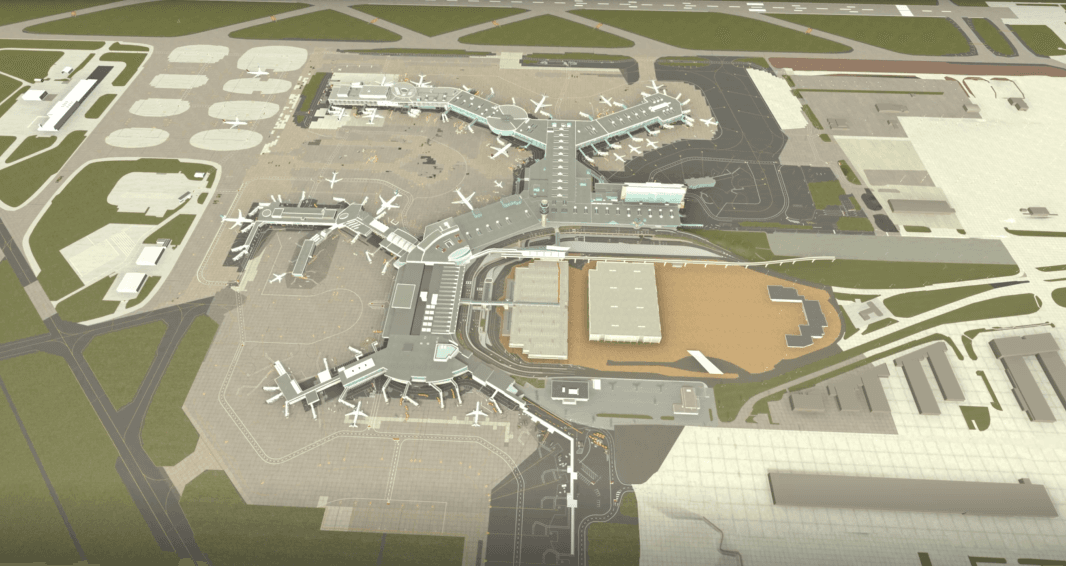
Discover how you can leverage Unity’s digital twin solutions to unlock the full power of your data for better decision-making.